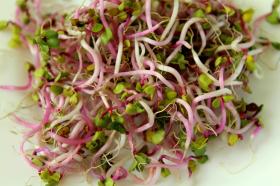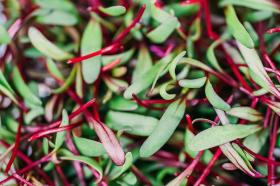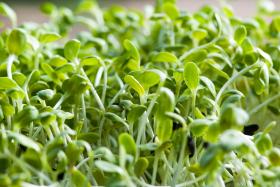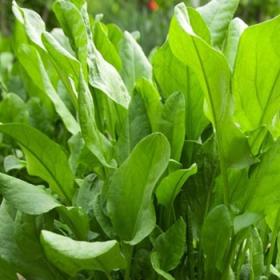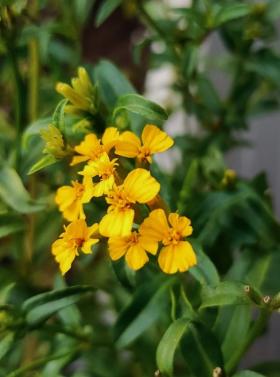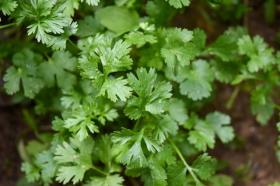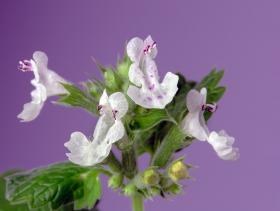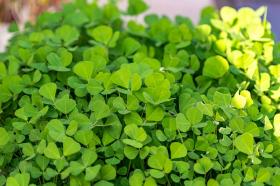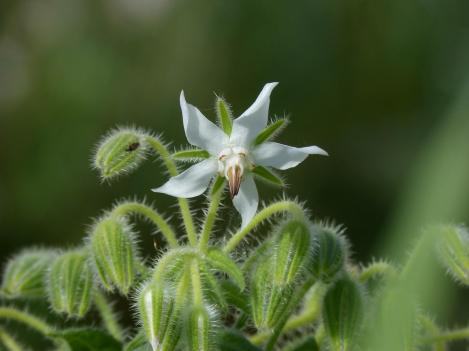
BORAGE - WHITE, regular seeds - not treated and non-gmo
Borago officinalis 'Alba'
White-flowered borage is an ornamental and edible annual herb with striking pure white star-shaped flowers and refreshing cucumber-flavored leaves. A bee magnet and a beautiful addition to salads, drinks, and edible decorations.General Information
Botanical name: Borago officinalis 'Alba'
Type: Annual herb and ornamental plant
Height: 40–70 cm
Leaves: Large, hairy, cucumber-flavored – suitable for salads and drinks
Flowers: Star-shaped, pure white (in contrast to the usual blue)
Attracts: Bees and pollinators – an excellent honey plant
Growing Instructions
Sowing:
Direct sow outdoors in early May once soil warms
Indoor sowing possible in April
Sowing depth: 1–2 cm
Spacing: 25–30 cm
Location: Full sun to light partial shade
Soil: Moderately fertile, well-drained
Care:
Very low maintenance – tolerates poor soils
May require staking as plants can become heavy
Deadheading prolongs flowering
Uses
Leaves and flowers are edible and used in:
Salads, cold drinks (e.g., gin and tonic)
Dessert and cake decorations
Flowers have a mild cucumber taste and can be candied
Mild natural mood-lifter and nerve tonic
– Traditionally used to lift mood and calm nerves, especially as a tea made from leaves and flowers.Borage tea (leaves & flowers)
– Mild, cucumber-flavored tea that pairs well with herbs like lemon balm or mint.Skin applications (compresses)
– Crushed fresh leaves have been used to soothe bug bites, small wounds, and skin irritations.Candied flowers (for desserts)
– White or blue flowers can be crystallized using egg white and sugar – perfect for decorating cakes and cocktails.As a green manure or garden mulch
– Borage is rich in minerals like potassium and calcium – it breaks down quickly and feeds the soil when chopped and used around plants.Cooked like spinach
– Once cooked, borage leaves lose their prickliness and can be added to soups and stews like other leafy greens.
Packet 30 seeds

